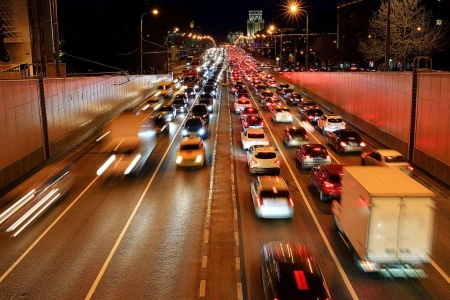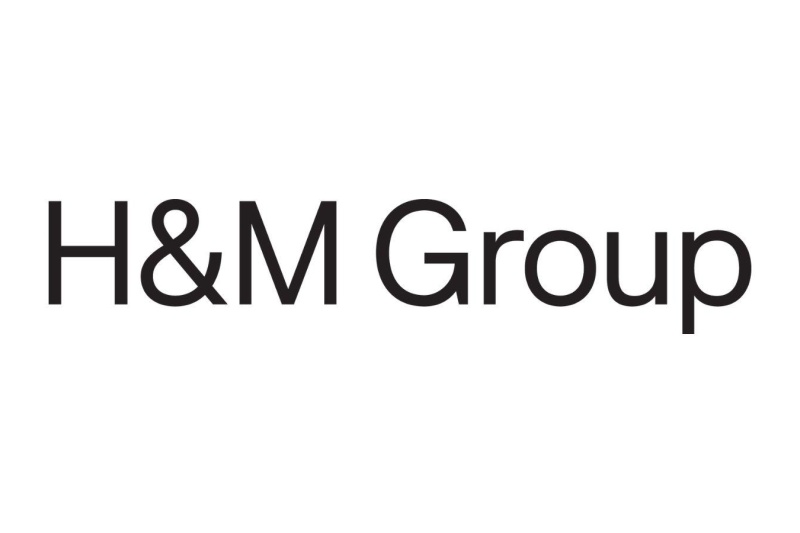
Case Study - Procter & Gamble
Founded by William Procter and James Gamble, P&G manufactures products including cleaning agents and personal care products. Learn more about their science-based targets here.
P&G is an American multinational consumer goods company headquartered in Ohio, founded by William Procter and James Gamble, both from the United Kingdom.
Why did you set a science-based target?
The company’s mission is to improve the lives of the world’s consumers now and for generations to come. So pursuing goals in line with those supported by science is a natural step. Aligning our new goal with climate science helps ensure the voluntary actions we are taking are meaningful. Science-based targets offer us a credible and meaningful method of communicating these ambitious efforts.
What was the process?
P&G reviewed the latest science presented by the Intergovernmental Panel on Climate Change (IPCC) and selected a short-term goal that would enable us to achieve reductions in line with the high end of the range recommended in the latest IPCC report.
P&G was already committed to sourcing 30% of its energy as renewable, so having a greenhouse gas reduction goal that was equally as ambitious was the next logical step. P&G joined the WWF’s Climate Savers program in 2015 and committed to reduce absolute GHG emissions by 30% by 2020 from a 2010 baseline. P&G worked closely with WWF to set this new ambitious science-based goal and their teams confirmed it meets the minimum standards of multiple methods including the 3% solution, SDA and the Context-Based Carbon metric approach.
What are the benefits of having a science-based target?
We set this goal with the rm belief that it will be good for the environment and good for our business. Energy conservation and increasing renewable energy will not only drive emission reductions, but will decrease costs and help create innovative solutions that will help our brands win with consumers.
There is a clear business case for reducing our greenhouse gas emissions via use of renewable energy and efficiency improvements. For example, the energy efficiency actions we have already taken over the last 4 years, which will help reduce our GHG emissions, have saved $500 million – and there are more savings to come.
What innovations have occurred as you strive to meet your target?
P&G plans to achieve its new goal by maintaining a focus on energy conservation and increasing its use of renewable energy. The GHG emissions reductions are delivered through P&G’s commitment to sourcing 30% of its energy from renewable sources. The Company’s energy portfolio includes geothermal, wind, solar, hydroelectric, and biomass including renewable projects in North and South America, Asia, and Europe. Nine percent of the 64 million GJ of energy consumed in 2015 was from renewable sources, so achieving 30% might appear difficult; however, with a Texas wind project due in 2016 and a 50 MW biomass CHP project in Albany, Georgia to be delivered in 2017, the 9% will double to about 18% by the end of 2017. Other renewable projects are in development and many more are still being conceptualised.
In addition to P&G’s ambitious targets to reduce Scope 1 and Scope 2 emissions, the Company has a list of actions to reduce Scope 3 emissions, namely the impact our products have on the environment when used by consumers. The Company plans to make transportation and packaging improvements, achieve zero deforestation in its palm oil supply chain and increase its use of FSC-certified wood fibre. By innovating in washing detergent design, working in partnership with machine manufacturers and raising consumer awareness, P&G aims to increase the proportion of cold-water washes to 70% by 2020. This will help consumers reduce energy usage and contribute to additional reductions in GHG emissions.
Join the companies taking action
Latest News
View News


